|
|
|
|
| Australian federal election, 2016
Division of Maribyrnong, Victoria
Western Melbourne: Avondale Heights, Essendon, Moonee Ponds, St Albans
Sitting member: Hon Bill Shorten (Labor), elected 2007
Enrolment at close of rolls: 110,313
2013 Labor majority over Liberal: 11.4%
|
Candidates in ballot-paper order:
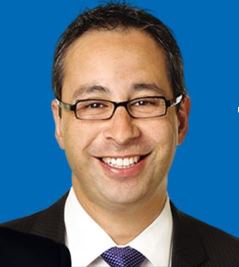 |
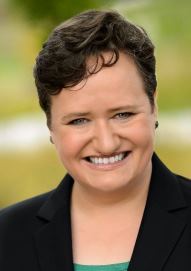 |
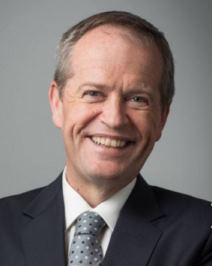 |
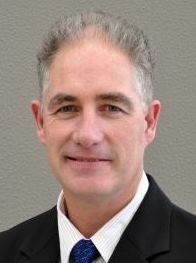 |
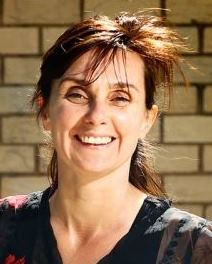 |
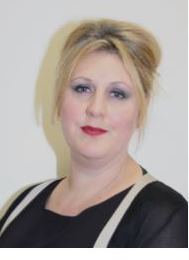 |
1. Ted Hatzakortzian
Liberal Party |
2. Olivia Ball
Australian Greens |
3. Hon Bill Shorten
Australian Labor Party |
4. Anthony O'Neill
Australian Christians |
5. Catherine Cumming
Independent |
6. Fiona McRostie
Animal Justice Party |
2013 results
Statistics and history
Maribyrnong was created in 1906, and at various times has covered most of the western and north-western suburbs of Melbourne. In 1949 it was cut back to the area around Essendon, but since then it has expanded to the west to take in newer suburbs such as Sunshine and St Albans. Maribyrnong is a solidly working-class seat, with 17% of its workforce engaged in manufacturing and a high proportion of people born in non English speaking countries. It is also the most Catholic electorate in Australia (46.1%), a fact of considerable importance in its history.
Maribyrnong has been held by the Labor Party for most of its history, the only significant exception being the period from 1955 to 1969, when the Democratic Labor Party, with its base among working-class Catholics, directed its preferences to the Liberals, enabling them to win the seat.
Members for Maribyrnong include Labor ministers Arthur Drakeford, Dr Moss Cass and Alan Griffiths. Bob Sercombe won the seat in 1996, but lost his preselection in a coup organised by the Labor Unity faction in 2006. His successor was Bill Shorten, the national secretary of the Australian Workers Union, who has held it safely since.
Bill Shorten, Labor MP for Maribyrnong since 2007, was born in Melbourne, the son of a waterside worker and union official, and has arts and law degrees from Monash and an MBA from Melbourne Business School. He worked for Gareth Evans, Bill Landeryou and other Labor figures and as a lawyer for Maurice Blackburn, a leading Labor law firm. In 1994 he went to work for the AWU and rose rapidly, becoming Victorian State Secretary in 1998 and National Secretary in 2001. He was regarded as the model of the new trade union official - well- educated, professional and articulate. He gained a national reputation at the time of the 2006 Beaconsfield mine disaster in Tasmania.
In 2007 Shorten entered Parliament, and was appointed Parliamentary Secretary for Disabilities and Children's Services by Kevin Rudd. It was no secret that Rudd disliked him and saw him as a threat, and was determined not to promote him. As a result, Shorten was one of the organisers of the June 2010 coup that replaced Rudd with Julia Gillard. After the 2010 election he became in rapid succession Minister for Financial Services and Superannuation, Minister for Employment and Workplace Relations and Minister for Education. He held his place in Rudd's brief second ministry in 2013. After the election he defeated the Left's candidate, Anthony Albanese, to win the Labor leadership.
Shorten benefited greatly from the inept performance of Tony Abbott as PM, and led in the polls from early 2014 until Malcolm Turnbull's coup against Abbott in September 2015. His poll standing then collapsed, and many observers wrote off his chances of winning the 2016 election or surviving as Leader long after it. But by April 2016 he had brought Labor back to level-pegging in the polls.
The Liberal candidate in 2016 is Ted Hatzakortzian, who runs a child- care company. This is a very safe Labor seat and Shorten will not be troubled.
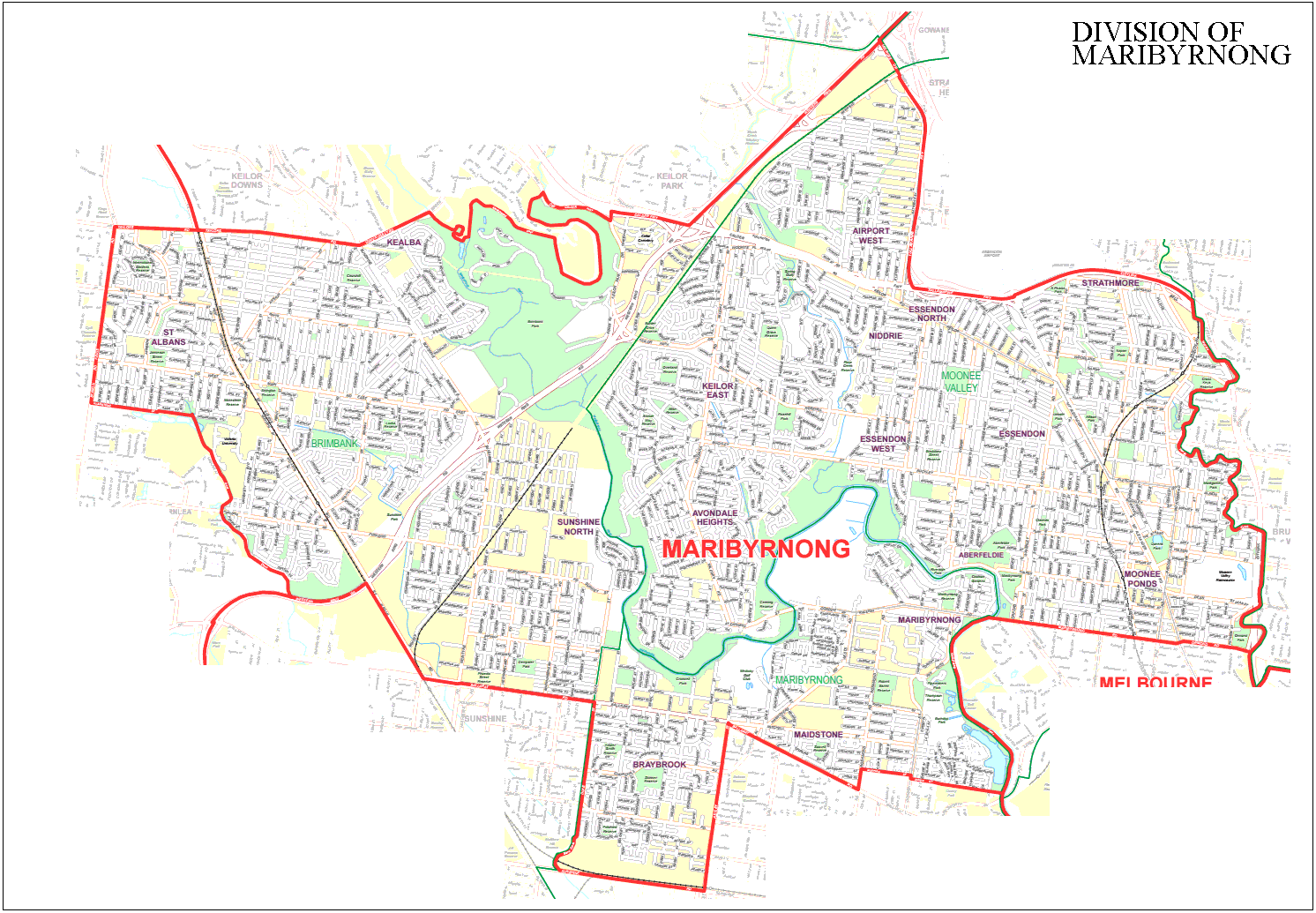
Back to main page
Prospective pendulum, showing all candidates
State and territory maps, showing new boundaries
The thirty seats that will decide the election
Other seats of interest
|
|